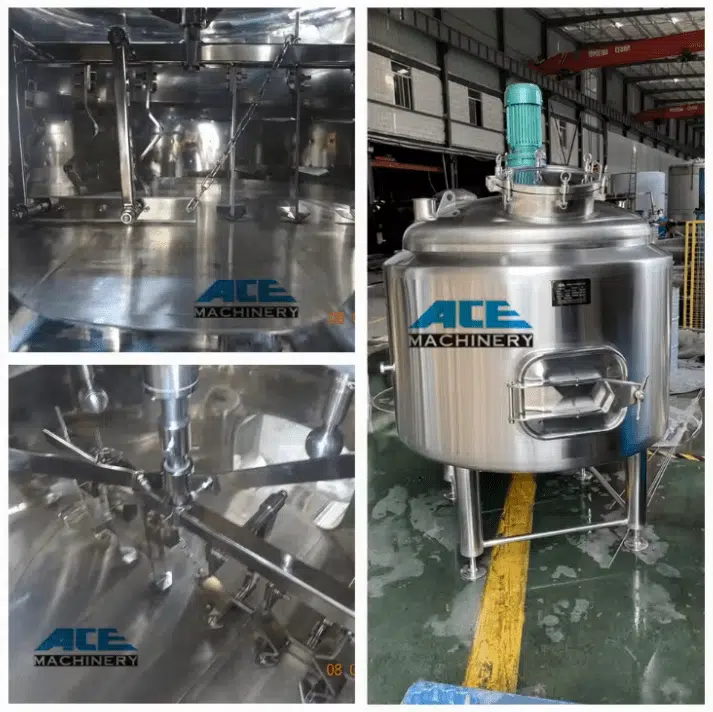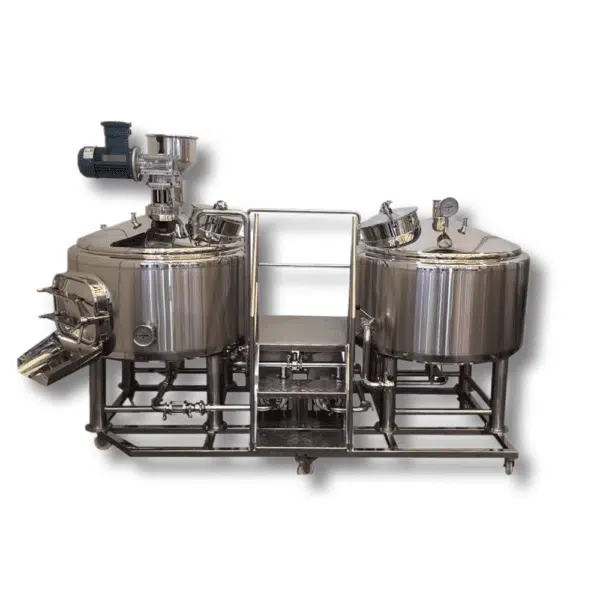In the lauter tun, the wort is separated from the spent grains. The false bottom of the tun allows the wort to pass through while keeping the grains in the tun. The wort is then collected in a separate vessel, ready for the next stage of the brewing process.

How to Use a Lauter Tun.
Using a lauter tun may appear frightening, but with the proper expertise and equipment, it can be a simple procedure.
The following are the basic processes for using a lauter tun:
- Prepare the Grains: Before beginning the lautering process, the grains must be crushed to release the fermentable sugars. This can be accomplished with a grain mill or by buying pre-crushed grains.
- Heat the Water: The next step is to get the water to the desired temperature. This will depend on the type of beer being produced and the recipe used.
- Once the water has heated, add the grains to the mash tun and mix thoroughly. The mash tun should be insulated to keep the desired temperature.
- transport to the Lauter Tun: When the mashing process is finished, transport the wort to the lauter tun. The tun’s artificial bottom will help separate the wort from the grains.
- Lautering: Pass the wort through the false bottom and collect it in a separate jar. This procedure may take some time, depending on the size of the lauter tun and how much wort is collected.
- Sparging: After the wort has been recovered, rinse the grains with hot water to extract any leftover sugars. The technique is called as sparging.
- Boil the Wort: The wort is now ready to be combined with hops and other additives to enhance taste and bitterness.
- Cool and Ferment: After boiling, the wort must be cooled before being transferred to a fermenter where yeast will be added in order to start fermentation.
Proper maintenance of your lauter tun is essential to ensure its longevity and efficiency.
Here are some tips for maintaining your lauter tun:
Clean after each use: After each use, the lauter tun should be spotless to remove any residue or buildup. This will help to prevent any off-flavors in future batches.
Inspect the false bottom: Regularly inspect the false bottom of the lauter tun for any damage or wear. If any issues are found, they should be addressed immediately to prevent any issues during the lautering process.
Check the spigot: The spigot should also be checked regularly for any leaks or damage. If any issues are found, they should be addressed immediately to prevent any loss of wort during the lautering process.
We can customize your mash tun from 1BBL to 20BBL, if you need to buy please contact us.



